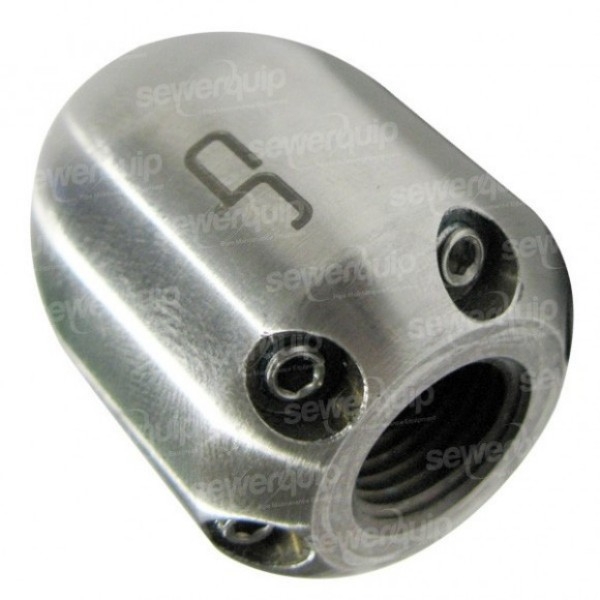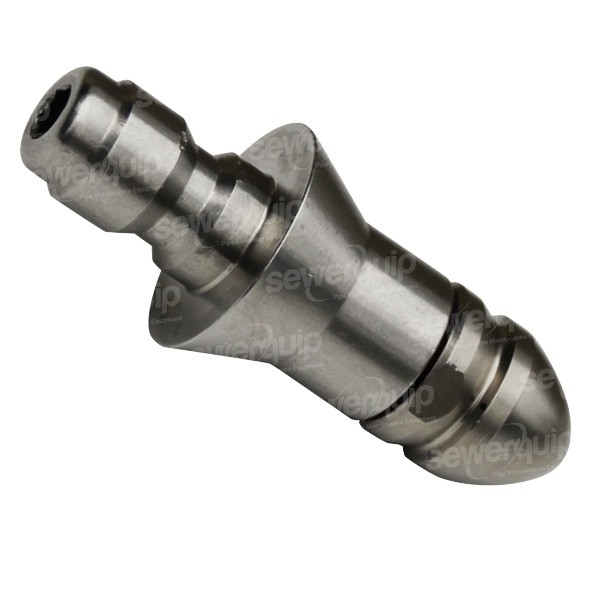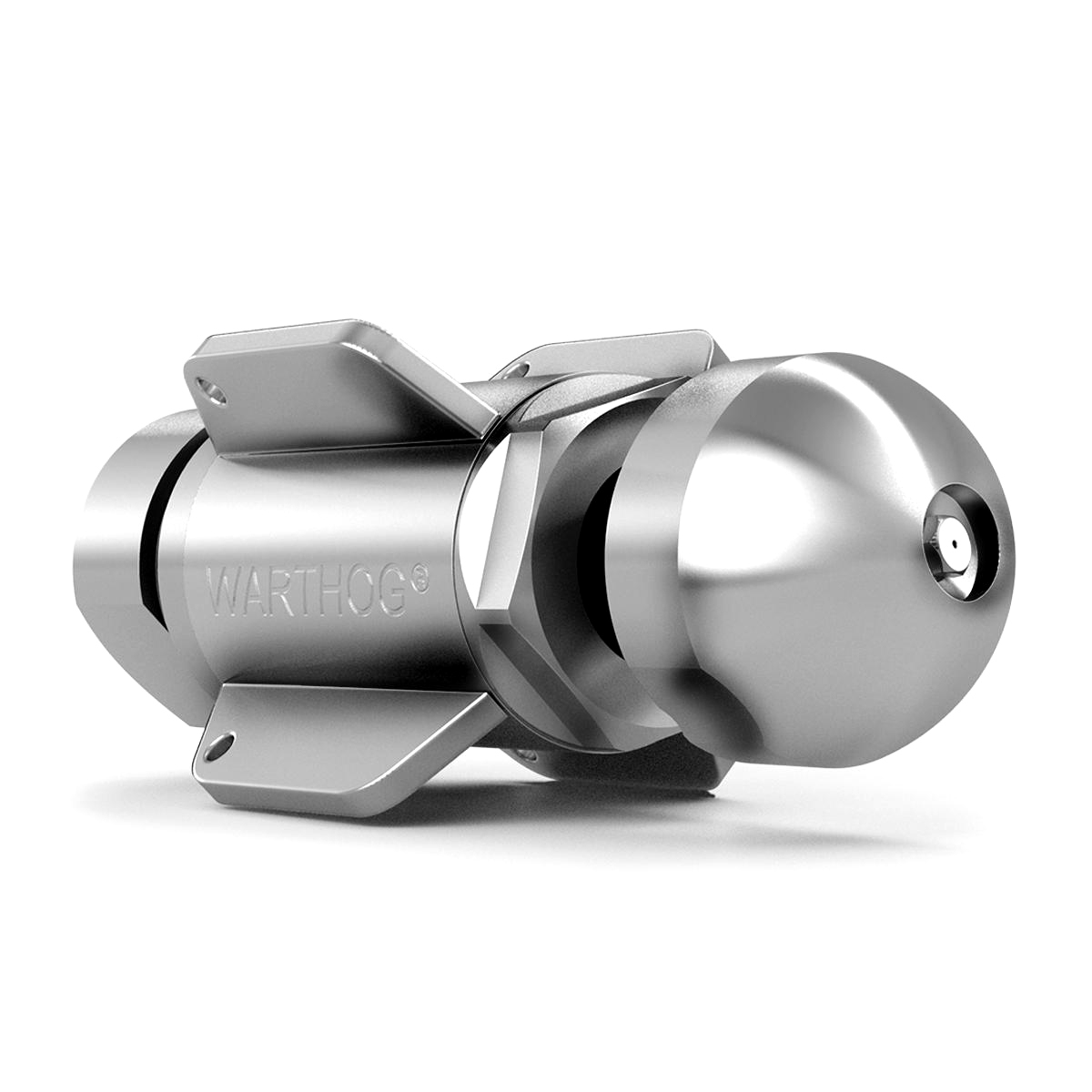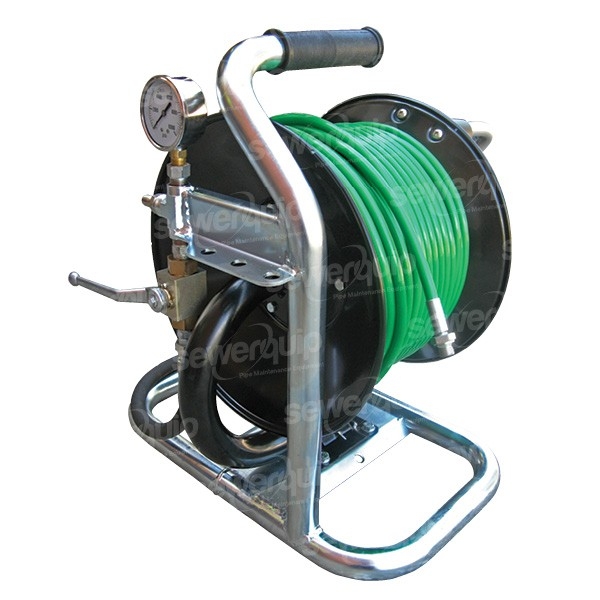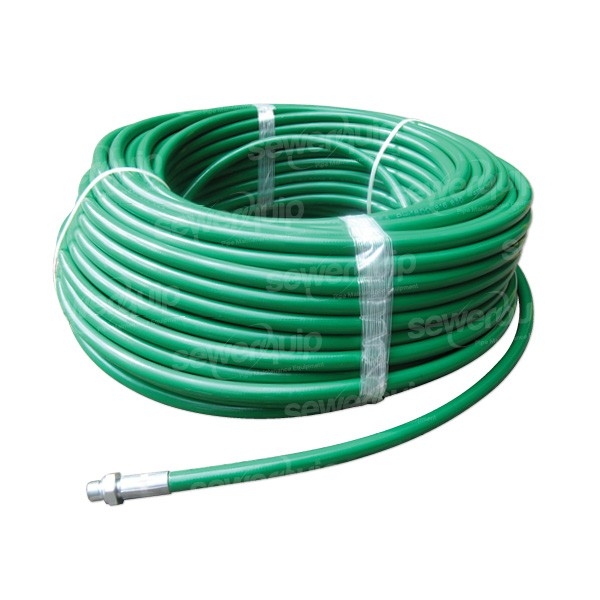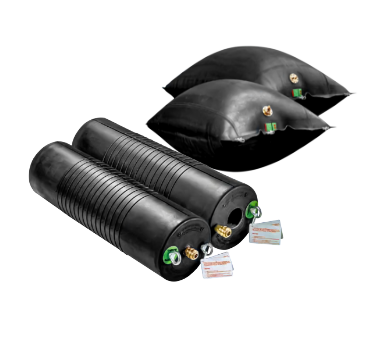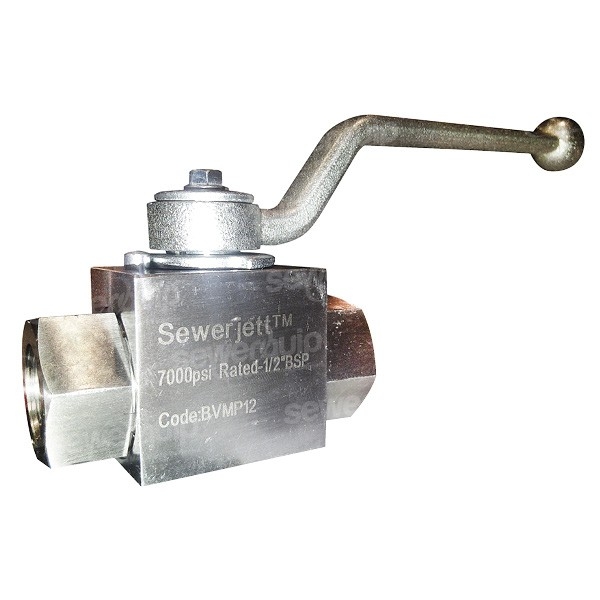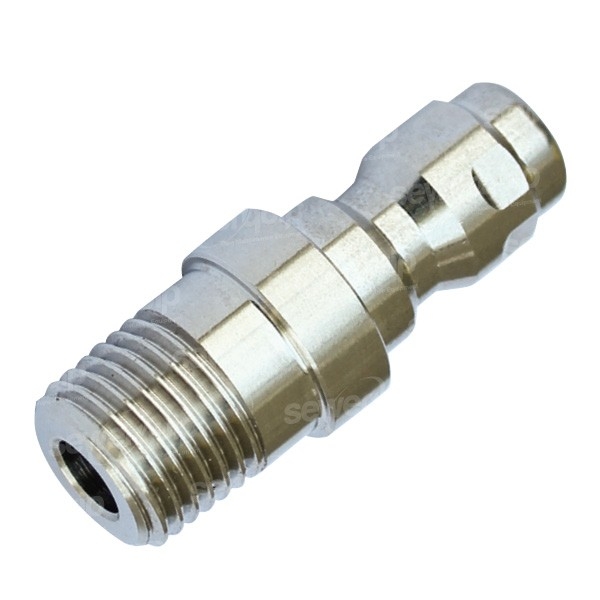Pumps are crucial components in the plumber’s equipment. Thus ensuring their proper maintenance is essential for their longevity and efficiency. One common issue that plumbers encounter is the phenomenon of milky oil in their pump. Let’s delve into the causes behind this occurrence and the best practices for addressing it.
Why is there milky oil in the pump?
The primary reason for oil turning milky in gearboxes or pumps is water contamination. Water can infiltrate the oil through various means. First of all, condensation is a significant factor, particularly in humid Australian conditions. Even a small amount of water might cause milky oil in the pump, which can be observed through the side glass of the system.

Common Causes of Water Contamination:
While condensation plays a role, a prevalent cause of water contamination is driving with a partially filled water tank. The sloshing motion during driving can bend the float arm responsible for shutting off the water inlet. As a result, when the tap is connected, the float arm may fail to stop water inflow properly. This leads to overflow and water running into the breather cap of the gearbox or pump.
Additionally, heavy washing or exposure to rain, especially near the breather caps of the system, can introduce water. These breather caps are designed to allow oil expansion and prevent pressure build-up. However, they will inadvertently allow water ingress if exposed to wet environments.
Understanding the Implications:
While plumbers may worry about the milky appearance of the oil in the pump, it typically does not damage the pump or gearbox immediately. But plumbers have to be careful of this, because prolonged exposure to water can lead to long-term issues. The change in color serves as a visual indicator of water contamination, prompting plumbers or drain cleaners to take action.
Addressing the Issue:
Fortunately, rectifying milky oil is quite straightforward. You can begin by adjusting the float arm of the water tank to ensure proper shut-off and prevent further water ingress. Additionally, you have to drain the water tank after each use to minimize the risk of water contamination.
When you see the oil getting milky, we advise you to flush the entire system by draining the oil from the pump. This involves removing the bungs located at the top and bottom of the system and refreshing the oil. Once the oil is replaced, you should still be fixing the float switch to ensure proper functioning and avoid future occurrences.
Conclusion:
In conclusion, while milky oil in pumps may raise alarms, understanding its causes and implementing corrective measures is crucial for maintaining the integrity and performance of these systems. By addressing issues such as water contamination and ensuring proper maintenance practices, plumbers can minimize downtime and prolong the lifespan of their equipment. The key to safeguarding against such issues and ensuring smooth operations is in regular inspections and proactive measures.









